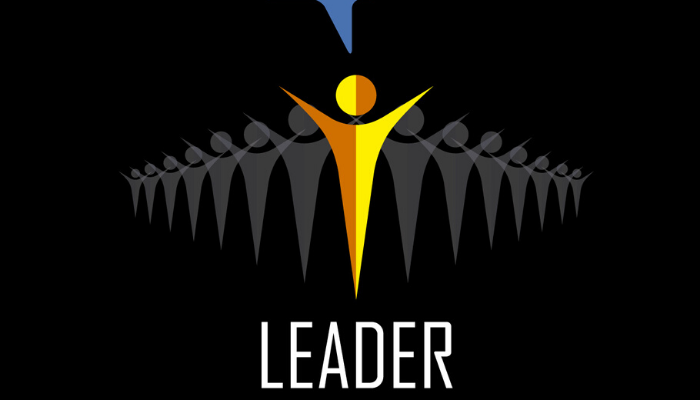A good succession planning requires the current and future talent to be nurtured in the right way.
A skilled and talented workforce is crucial for the success of the business. However, the onus lies on companies as well on how well they can nurture and grow that talent to prepare better for succession planning. Talent readiness is one of the important elements of succession planning, which involves identifying resources that can be given new opportunities with higher responsibilities. It is not only restricted to strategic leadership positions but also other key positions which can be filled easily at any time. Most of the crucial positions across functions and departments are always at risk and preparing a talent pool from which a resource can be drawn at any time is vital.
You might also be interested to read: Walking The Tight-rope Of The Nine-box Grid To Achieve Success In Promoting The Right Candidate
Here is a list of some of the proven methods that can identify best performers, future leaders and loyal employees who can drive the future of the business.
- Plan the approach
Preparation for succession planning and talent readiness should be done keeping in mind the goals of the company, available talent pool, current and future scope of operations, employer branding, obstacles to developing talent, etc. Identifying future needs and critical positions will give a clear idea of the initiatives that can be taken towards nurturing the available talent in the right manner.
- Create a brand value
Employers with a positive brand value will be ranked at the top in the priority list of future employees. Besides good organizational values, the scope of learning and perks & benefits are important to attract the best available talent in the market. Having a well-defined business strategy that only looks for specific employees and not everyone is also important to fill the talent gaps in the shortest time.
- Assess the current talent pool
Conducting a SWOT analysis of the current talent pool to identify their performance and values is important. This can be done through several assessment tools that involve quantitative data and rating approach. There must be regular reviews and the best-performing employees must be rewarded appropriately to ensure that resource planning goes according to the plans. There must be a rigorous process to identify the best talent that can lead the company in future.
- Design a development plan
One of the best ways to nurture the existing talent to prepare them for future responsibilities is through regular training and feedback and the role of HR manager in this regard is crucial. Internal and external training, cross-functional responsibilities and regional or global assignments offer excellent hands-on learning opportunities. Having a well-defined internal leadership development programme can be an investment that has the potential to offer long-term benefits.
- Offer feedback and rewards
Employees who regularly contribute to the welfare of the company must be encouraged further to do so through regular feedback and rewards. Making them feel valued for their contributions is important to keep their motivation and productivity levels at peak. It can’t get better if the appreciation directly comes from the management.
These important steps can help the organizations identify the key future leaders who can step-up to take responsibilities during crisis situations or even otherwise. Planning in management is not easy but these steps will prove to be a step in the right direction.
Reference:
- 5 Steps to Building a Successful Talent Pipeline, inc.com, 16 Sep 2015




